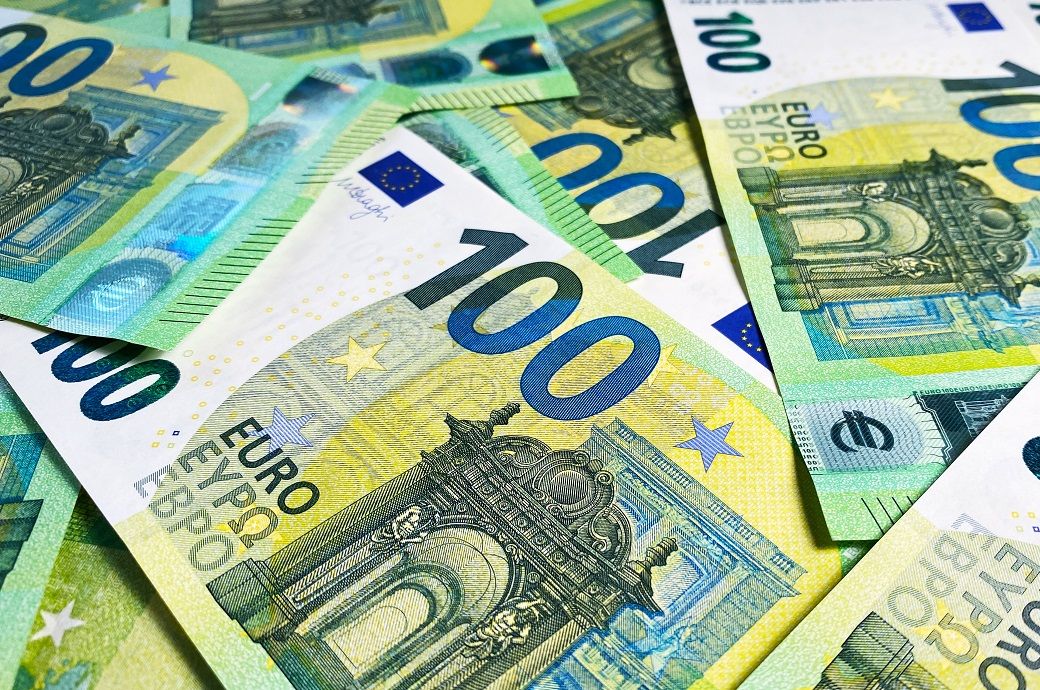
Eurozone GDP growth is expected to rise from 0.7 per cent this year to 1.4 per cent next year, according to S&P Global Ratings, which anticipates a positive turn for the region's economy. This revision up from March's forecast of 1.3 per cent reflects the impact of lower energy prices, which have facilitated a rebalance in terms of trade, ongoing disinflation, and a recovery in real incomes.
S&P projects that the eurozone is on track to achieve the European Central Bank's (ECB) 2 per cent inflation target by mid-2025, supported by a rebound in productivity, moderation in profit margins, and slower wage growth. Inflation is expected to fall to 2.2 per cent in 2025, down from 2.4 per cent this year and 5.4 per cent in 2023. Previous forecasts estimated 2.6 per cent for 2025 and 2.1 per cent for 2024.
As growth returns to potential over the next year, and with inflation moving towards the target, S&P foresees a quarterly reduction in ECB rates, bottoming out at 2.5 per cent by the third quarter of 2025, compared to the current 3.75 per cent. This gradual easing suggests that monetary policy will no longer be restrictive but will not yet become expansionary.
The unemployment rate forecast has been revised to 6.5 per cent for this year and next, a slight improvement from the previous estimate of 6.6 per cent. This adjustment is attributed to the labour market's continued resilience.
After experiencing quasi-stagnation and a slight contraction at the end of 2023, the eurozone's GDP rose by 0.3 per cent in the first quarter of 2024, driven by net exports and private consumption. The recovery is mainly due to improved terms of trade following a drop in energy prices, leading to receding inflation, falling lending rates, and improved consumer and business confidence.
Wages in the first quarter of 2024 grew faster than consumer prices, which should support a continued recovery in household purchasing power. Although job vacancies have peaked, they remain high enough to prevent a rise in unemployment. The full benefits of falling gas prices, particularly in Germany, are expected to materialise by the end of the year, bolstering domestic demand through consumer spending and investment.
Germany has emerged from recession in early 2024 due to a recovery in energy-intensive sectors, but its overall growth still lags behind other large European economies. Spain, on the other hand, continues to outperform expectations, with GDP growth accelerating for the third consecutive quarter. Industrial production and consumer spending have been significant growth drivers in Spain, supported by government measures and labour market reforms.
Despite the positive outlook, inflation rebounded slightly in May 2024 due to base effects from government support for domestic energy prices. This indicates that achieving the 2 per cent target will take time. Wage growth and productivity recovery will be crucial factors in further reducing inflation. Consequently, the ECB is expected to proceed cautiously with rate cuts, aligning them with hard wage data and staff projections, resulting in a cumulative 125 basis points cut by the third quarter of 2025.
Several risks could impact this positive outlook, including geopolitical conflicts in the Middle East and Ukraine, the decoupling of monetary policies between the eurozone and the US, political uncertainties in Europe, and strained economic relations with China. The ECB's rate forecasts are particularly uncertain due to these factors, and any developments in financial conditions could necessitate adjustments.
Fibre2Fashion News Desk (DP)